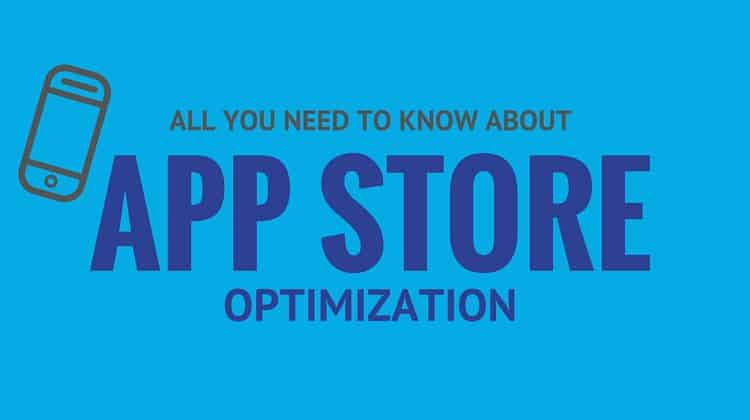
The chances are, you’re already pretty savvy about search engine optimization. I mean, post or perish, create killer content, build back links, speed up your site… Right? I could go on, but if you’re running an online business, then by now, you’re probably already a pro.
And while I take my (white) hat off to you for your achievements in the murky, mysterious world of SEO, I’m going to pose a question. Are you focusing your efforts on ASO as well?
While App Store Optimization sure sounds a lot like Search Engine Optimization (except for mobile phones), they’re not actually one and the same.
The main real difference between SEO and ASO lies in the end goal. You see, ASO isn’t about creating more traffic to your app; the focus is all on conversation. After all, in the world of Google Play and the App Store, it really doesn’t matter how many people search for your app if no one downloads it. ASO is all about conversion. And by conversion I mean app download.
You Still Need Keywords
Just like the web, visibility is crucial. Keywords are still key. You need to apply the same principles as with SEO by choosing the right name for your app, an optimized slogan, and keywords in the description, so your app is picked up through organic search.
Before launching an app or thinking about expanding to a new market or region, you need to conduct a thorough analysis of the keywords and search terms used by that possible market. Remember that British people go on holiday, not vacation, and that Australians wear thongs on their feet.
You may not have the budget to compete for certain keywords, and the same expensive disadvantage applies to you here as with the web, unfortunately. If you want to appear for “productivity”, “game” or “health”, for example, then you’re looking at spending big bucks. But, if you manage to create the right keyword density in your content, and your name, title, and description are optimized, the chances of organic traffic leading users to you are going to be much higher.
Choose The Right Name
It’s all in a name, especially in marketing and even more especially in digital marketing. So it should go without saying that your app’s name should be both catchy and memorable.
Unless you’re offering something really, truly unique (are you?); the chances are you’ll be competing with hundreds or even thousands of similar apps, so you’ll want to stand out while choosing a name that’s relevant to your app. Google Play has some strict character requirements, so be sure to use them wisely as it will affect your ranking.
Your Icon is Vital
Your icon will be the first thing your potential users see when they come into contact with your app (maybe even your brand), so make sure you get your icon right. Don’t use text. It’s a bad idea because it simply won’t be readable at smaller sizes. It will either get completely lost or look blurry and unprofessional.
Make sure that your color is attention-grabbing and doesn’t get lost against the user’s device screen. All apps are not created equal and neither are all smartphone systems. Apple’s icons have rounded edges for their apps and Google Play’s are square.
Also, if you’re thinking about delivering a mobile app that will work in a global market, you need to think about the appropriateness of your colors and icons in different markets. In other words, you need to localize correctly to the right target audience.
Select The Right Category
You may be wondering why I’m telling you to select the right category. Seems pretty obvious, right? But it’s because the main category for your app isn’t always going to be the best category to choose.
Why? Well, competition is fierce in certain categories and while you shouldn’t choose an irrelevant category; a secondary category may just work better, increasing visibility for your app. The new iOS 8 has introduced subcategories, which are also a tremendous help in getting your app seen.
Localization of Your App
If you’re working with the internet or mobile apps and you don’t have a global vision, then frankly, you’re missing a trick. There are almost as many cell-phone subscriptions (6.8 billion) as people (seven billion) in the world, and most of those are outside of the English-speaking market. So plan for mobile app localization and localized ASO from the start to dramatically expand your customer base.


